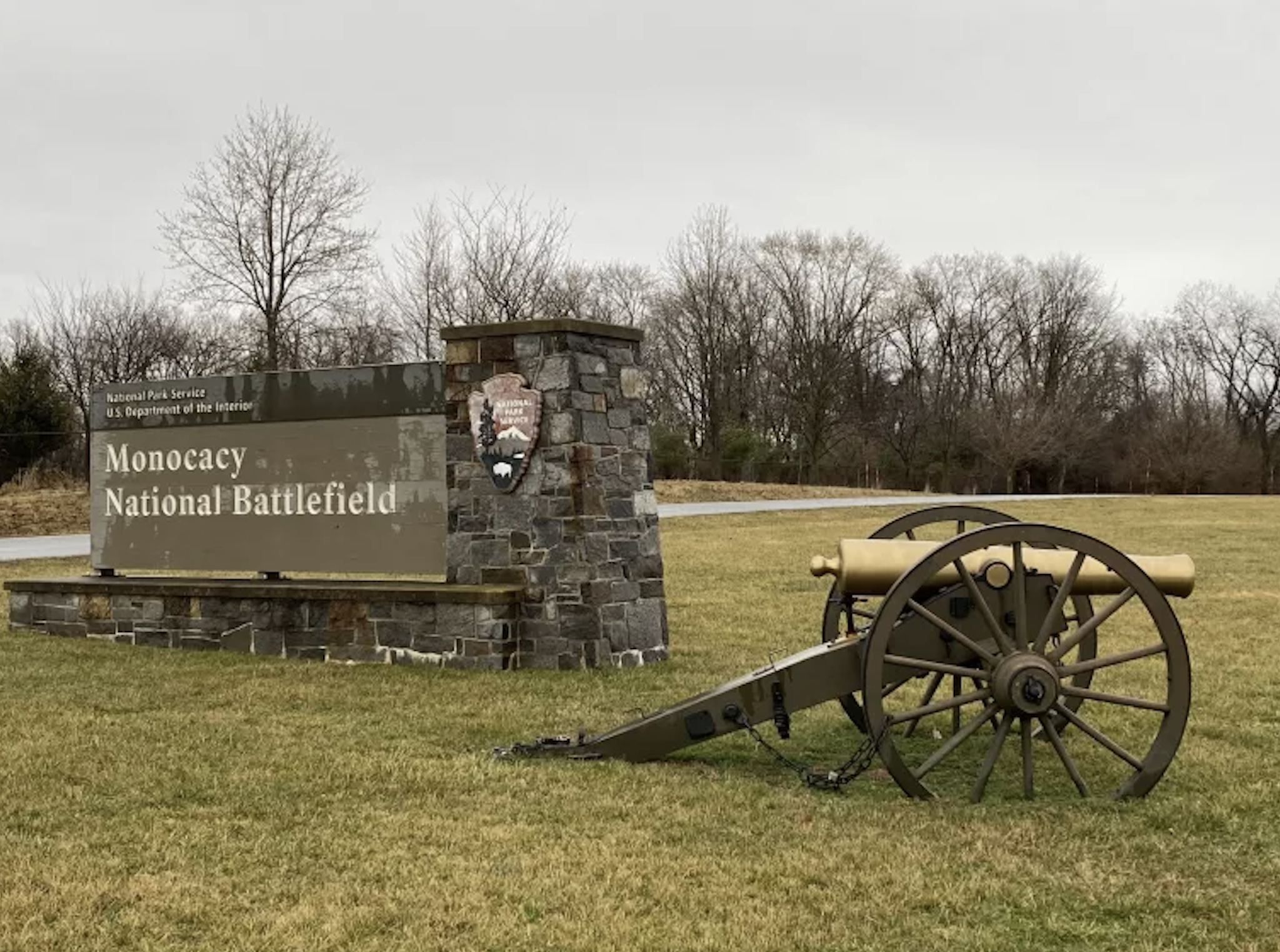Posted on March 10, 2023
By the summer of 1864, General Robert E. Lee’s Army of Northern Virginia was largely pinned down around Richmond and Petersburg. With little room to maneuver, a fragile supply situation, and a deteriorating Confederate position in the Western Theater, Lee understood that he needed to change the fundamental dynamic of the strategic situation in Virginia.
With that in mind, he turned to Lt. Gen. Jubal Early and his Second Corps, which had already cleared the Shenandoah Valley of Union forces. Throughout the war, the Lincoln administration had been sensitive to any Confederate threat to the nation’s capital. Lee and Stonewall Jackson expertly took advantage of this in 1862, and now the Confederate leadership hoped to repeat that feat.
In July, Early crossed the Potomac River with roughly 15,000 Confederate troops. At a minimum, he expected to draw Union forces away from Petersburg. At best, he hoped that a major Confederate victory near the capital, or even a temporary occupation of Washington, D.C., could deal a body blow to the Union war effort. Northern morale was already flagging in the face of massive casualty lists. With the presidential election just around the corner, and the specter of foreign intervention never too far off, the stakes couldn’t have been higher.
Grant had stripped Maryland and Washington of almost all Federal troops in order to fuel his Overland Campaign and the siege at Petersburg. Maj. Gen. Lew Wallace – effectively in exile after Shiloh – took the first rumors of Early’s advance seriously, and pulled together a scratch force of defenders. Reinforced by Ricketts’ division of the VI Corps, he drew up a line of defense behind the Monocacy River, just outside Frederick, and along Early’s route to either Washington or Baltimore.
Despite being outnumbered almost three to one, Union soldiers stubbornly held on for most of the day. Their positions defending the main bridges across the river were too strong to be attacked head-on. Once Early found a ford downstream and flanked the Union positions, Wallace’s men continued to fight until late in the afternoon, before eventually being forced to retreat.
The approximate location of the Worthington Ford, along the Ford Loop Trail, where Confederate troops were able to turn the flank oif the Union position. Photo by author, who was not bold enough to investigate whether the river was fordable that day.
While Monocacy was a tactical defeat, Wallace’s troops had bought precious time. Early resumed his advance on Washington, but wasn’t able to attack before the remainder of the Union VI Corps arrived. After some skirmishing around Fort Stevens – the only time a sitting U.S. President has come under fire – Early recognized that he had missed his opportunity, and withdrew to Virginia.
For me, one of the great what-ifs of the Civil War will always be: What if Early hadn’t lost a day at Monocacy? So when I found myself passing through Maryland last month, I made a point of leaving enough time to visit the battlefield.
The Worthington House stands on a hill overlooking the ford on one side, and the fields that formed the Union defensive lines on the other. Only six years old, Glenn Worthington observed some of the fighting while hiding in the cellar. He went on to write one of the first accounts of the battle. Photo by author.
The battlefield is remarkably well preserved, despite being right on the outskirts of Frederick. It was largely empty on the unseasonably warm February day that I visited. While I’d like for all of these sites to be visited by more people, I didn’t hate the feeling that I had the whole place to myself.
It’s also a battlefield where you can get a full experience in just part of a day. 3 or 4 hours was enough time to tour the visitor center’s museum (including a helpful electronic map), do the audio tour, and hike a couple of the trails. The Ford Loop Trail gave me a particularly good sense of a critical part of that battlefield that wasn’t visible from the audio tour stops. The Gambrill Mill trail provides a great view of the bridges that formed the initial focal point of Wallace’s defense.
The battlefield is relevant to the Antietam campaign as well. The Best Farm, now part of the Monocacy National Battlefield, is where Union troops found the famous Lost Order in September 1862. The farm also serves as a window into the history of slavery in the area.
If you’d like to learn more about the battle of Monocacy, there are several other posts on Emerging Civil War. It’s also the topic of the 2017 Emerging Civil War series book by Ryan Quint, Determined to Stand and Fight. For additional reading, I’d recommend Desperate Engagement by Marc Leepsen.
